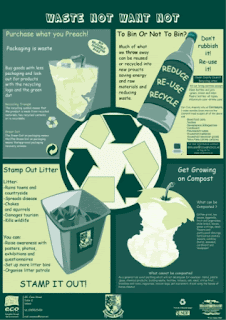Capture of High Altitude Wind Energy Can Supply the World's Energy Needs and Achieve Kyoto Goals Through Economics
An array of 600 Flying Electric Generators rated at 20MW each, a total of twelve thousand megawatts in capacity, operating over a ground space of a ten by twenty mile rectangle, would produce approximately three times as many megawatt hours per year as the 28,572,902 MWh produced by the Palos Verde Arizona nuclear facility in the year 2003, the most electricity produced by a single generating plant in the U.S. that year.
While other power sources will, of course, always supply some power, 43 such FEG arrays, all operating at relatively remote sites with average capacity factors of 85%, but not located so far from metropolitan areas as to require very long transmission lines, could supply the same amount of electrical power as was produced in the United States in the year 2003, which was 3,883,185,000MWh.
Additional arrays in the most remote places in the temperate zones, including off shore, may be used to generate hydrogen.
Because vehicles will probably best be powered electrically using new battery technology, the most important use of this hydrogen probably will be to supply energy for use in tropical regions where the high altitude winds are insufficient to supply this energy to civilization directly below. This use of hydrogen in the tropics shipped from the temperate zones is in the world's interests, as the global warming from green house gases there are as undesirable as anywhere else, and the non-global warming hydrogen should be able to be economically competitve in that use even though shipped from elsewhere, as fossil fuel is now.
It is important to note that future U.S. and world energy needs will undoubtedly increase, and, in addition, that many current energy needs now provided by fossil fuels directly, not through generating electricity, will switch to high altitude wind supplied electrical grid energy as the relative economics change and the need to address global warming problems become more generally recognized.
Thus, the number of FEG arrays required to meet future world needs will increase significantly. However, in the U.S., this whole subject should really be addressed from the viewpoint of combined U.S. and Canadian supply and demand, as the U.S and Canadian electrical grids are connected.
But Canada, a Kyoto protocol subscriber, the U.S., which is not, and the World, may all find the Kyoto objectives achieved through simple economics without painful legislation. Too good to be true? Well, there certainly are opposing interests.





